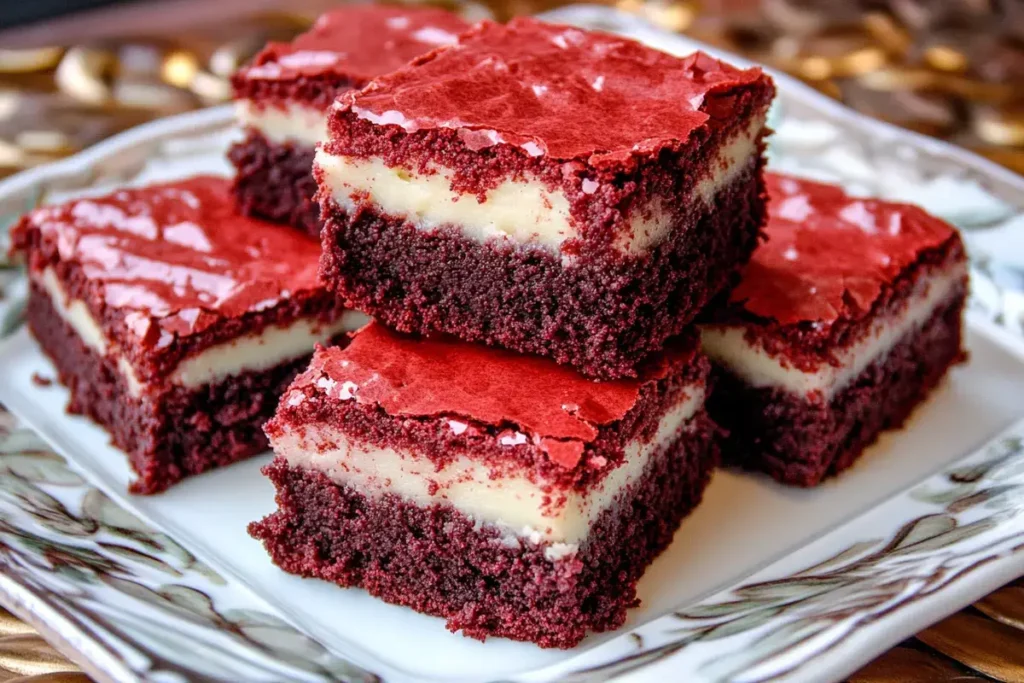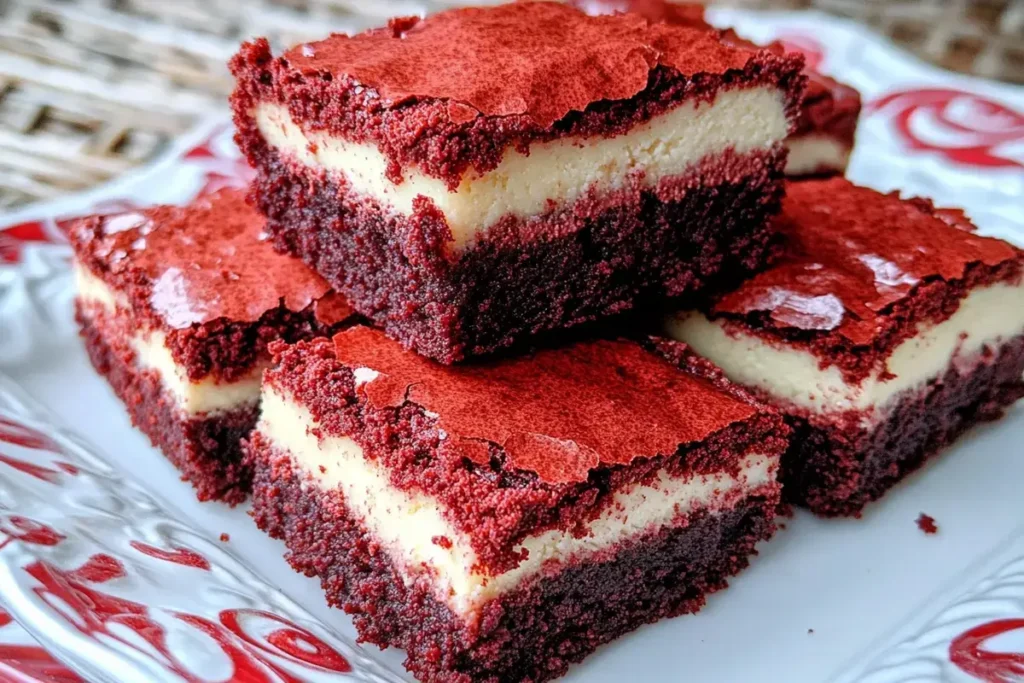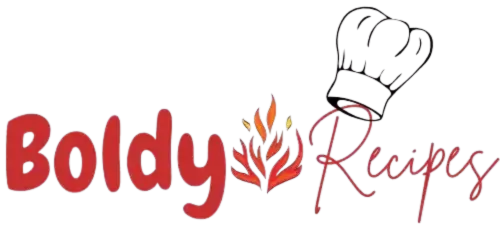By Jessika | Published on BoldyRecipes.com
Introduction
Hey everyone, Jessika here! This question comes up constantly in my inbox and in the comments: “Should I add baking soda to my brownies?” The short answer? It depends on what texture you’re after. During my years as a pastry chef in New York, I learned that understanding leavening agents is the difference between fudgy, dense brownies and light, cakey ones. Let me break down exactly what happens when you add baking soda to brownies and when you should (or shouldn’t) use it.
What Does Baking Soda Do in Brownies?
Baking soda (sodium bicarbonate) is a chemical leavening agent that creates carbon dioxide gas when it reacts with acidic ingredients. In brownies, this creates air bubbles that make the texture lighter and more cake-like.
The Chemical Reaction
When baking soda meets acidic ingredients like:
- Brown sugar
- Cocoa powder (natural, not Dutch-processed)
- Sour cream
- Buttermilk
…it produces CO₂ gas, which causes the batter to rise and creates a more open crumb structure.
How Baking Soda Changes Brownie Texture?
With Baking Soda:
✅ Lighter, cakier texture
✅ More rise and fluffiness
✅ Open, airy crumb
✅ Slightly drier (less fudgy)
✅ Develops crispy, crackly top
Without Baking Soda:
✅ Dense, fudgy texture
✅ Minimal rise
✅ Tight, compact crumb
✅ Ultra-moist and chewy
✅ Smooth, shiny top
My professional take: If you want classic fudgy brownies, skip the baking soda. If you prefer something between brownies and chocolate cake, a small amount of baking soda is your friend.

The Role of Cocoa Powder Type
Here’s something most recipes don’t tell you: the type of cocoa powder matters.
- Natural cocoa powder is acidic (pH 5-6) and reacts with baking soda
- Dutch-processed cocoa is neutralized (pH 7-8) and won’t react properly
If your recipe calls for baking soda but you’re using Dutch-processed cocoa, the leavening won’t work correctly, and you might end up with flat, dense brownies with a soapy, metallic taste.
Chef’s tip: Always pair baking soda with natural cocoa powder, or use baking powder instead if you prefer Dutch-processed cocoa.
How Much Baking Soda Should You Use?
The standard ratio for brownies is:
¼ to ½ teaspoon baking soda per cup of flour
Too Much Baking Soda Creates:
❌ Metallic, soapy taste
❌ Overly dark color (almost black)
❌ Coarse, uneven texture
❌ Brownies that rise then collapse
Too Little or None:
✅ Dense, fudgy brownies (often the goal!)
✅ Richer chocolate flavor
✅ Better moisture retention
Baking Soda vs Baking Powder in Brownies
Baking Soda:
- Needs acid to activate
- Creates more spread and browning
- Stronger leavening power
- Use: ¼ tsp per cup of flour
Baking Powder:
- Contains its own acid (self-activating)
- Gentler rise
- Better for recipes without acidic ingredients
- Use: 1 tsp per cup of flour
No Leavening (My Preference for Fudgy Brownies):
- Relies on eggs and butter for structure
- Maximum fudginess
- Rich, intense chocolate flavor

When to Use Baking Soda in Brownies?
USE baking soda when:
✅ You want cakey brownies
✅ Recipe includes brown sugar or natural cocoa
✅ You prefer a lighter, fluffier texture
✅ You want that classic crackly top
SKIP baking soda when:
✅ You want ultra-fudgy brownies
✅ Using Dutch-processed cocoa
✅ Recipe already has enough structure from eggs
✅ You prefer dense, truffle-like texture
Common Mistakes to Avoid
1. Using Baking Soda with Dutch-Processed Cocoa
This neutralizes the reaction and can create off-flavors. Switch to baking powder or natural cocoa.
2. Adding Too Much
More isn’t better! Excess baking soda makes brownies taste soapy and causes them to over-rise then collapse.
3. Not Mixing It Properly
Always sift baking soda with dry ingredients to prevent clumps and ensure even distribution.
4. Using Old Baking Soda
Test freshness by adding ½ tsp to vinegar—it should fizz vigorously. Old baking soda loses potency.
My Professional Recommendation
After making thousands of batches of brownies, here’s my approach:
For Fudgy Brownies: Skip leavening entirely. Let eggs and butter do the work.
For Chewy Brownies: Use ¼ tsp baking powder for slight lift while maintaining density.
For Cakey Brownies: Use ¼-½ tsp baking soda with natural cocoa powder and brown sugar.
The best brownies come from understanding what texture you want, then using (or not using) leavening accordingly.
Frequently Asked Questions
Q: Can I leave baking soda out of a brownie recipe that calls for it?
A: Yes, but your brownies will be denser and fudgier. They won’t rise as much and will have a tighter crumb. If the recipe specifically calls for it, you might want to replace it with half the amount of baking powder to maintain some lift.
Q: Why do my brownies taste soapy?
A: You used too much baking soda, or there wasn’t enough acid in the recipe to neutralize it. The standard ratio is ¼ tsp per cup of flour—more than that can create unpleasant flavors.
Q: Can I use baking powder instead of baking soda in brownies?
A: Yes! Use about 2-3 times the amount of baking powder as you would baking soda. Baking powder provides a gentler rise and works well if you’re not using acidic ingredients.
Q: Do boxed brownie mixes contain baking soda?
A: Most do contain a small amount of leavening (either baking soda or powder) to create that characteristic crackly top. Check the ingredient list if you’re curious about a specific brand.
Q: Will baking soda make my brownies less fudgy?
A: Yes. Any leavening agent introduces air, which makes brownies lighter and less dense. For maximum fudginess, omit leavening and rely on eggs for structure.
Q: How can I get a crackly top without baking soda?
A: The crackly top comes from whipping eggs and sugar together until light and fluffy, creating a meringue-like layer. You don’t necessarily need baking soda—proper mixing technique does the trick!
Q: What if my recipe calls for both baking soda and baking powder?
A: Some recipes use both for balanced leavening and flavor. The baking soda reacts with acidic ingredients, while baking powder provides additional rise. Follow the recipe as written.
Q: Does baking soda affect the chocolate flavor?
A: It can darken the color and, when paired with natural cocoa, may slightly mellow the chocolate’s acidity. Too much baking soda can overpower the chocolate flavor with a chemical taste.

Final Thoughts
The decision to use baking soda in brownies isn’t about right or wrong it’s about the texture you’re craving. Understanding how leavening agents work gives you control over your results. Want fudgy? Skip it. Want cakey? Add a touch. It’s that simple.
Have more baking science questions? Drop them in the comments I love nerding out about the chemistry of baking!
Happy baking,
Jessika 🍫
Chef & Founder of BoldyRecipes.com

